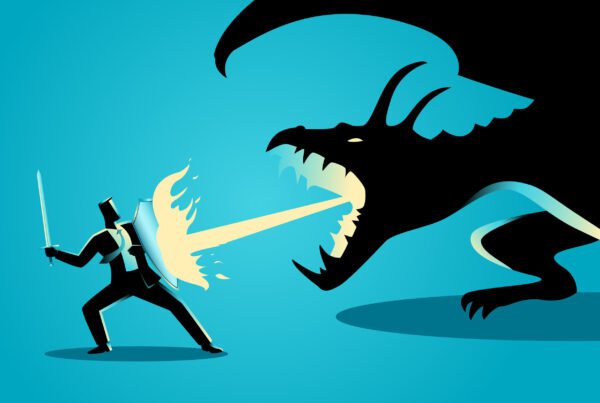I BET you didn’t think your dog could teach you anything about marketing. I’ve learned some important marketing lessons from mine, like the importance of marking your territory — though not in the literal sense. One of the most important fundamentals of marketing is to identify and claim ownership of a unique brand territory. Claiming a brand territory means that you’re putting a stake in the ground and letting your clients know what makes your company unique. Defining that territory can be easier than it sounds. One great way to start is by surveying your customers, prospects and even your employees. Ask them all how they think your brand is different from your competitors. You’ll also want to research the competitive “brandscape” by looking at the brand positioning of each of your competitors, as communicated on their website for example. You’re looking for a point of differentiation or brand territory that can stand up to these four criteria. You can uniquely claim it, meaning no competitors are making the same claim. It is an important point of distinction for your customers. You can easily prove it’s a differentiator in just a few words. You can deliver on this differentiator consistently because it aligns with your company’s internal realities.
Case in point: Tom Smith runs a business called Handyman Concierge, offering repair and renovation services. Tom’s point of differentiation is that his crew shows up at a specific time, instead of during a broad timeframe, like “sometime between 12 and 5.” If his crew doesn’t arrive on time, the customer receives 10 percent off the price for every 15-minute delay — but Tom’s prices are, on average, 10 percent higher than his competitors. Tom’s tagline is “On time or on our dime.” This fictitious example illustrates a legitimate differentiator. Tom has built a strategy around a concept that resonates with many of us: that time is valuable. He is able to charge a premium price for his services because most of us recognize that if we have to spend time away from work to wait for a repairman, we’re losing real money. Most importantly, his promise to be on time isn’t hollow. Tom’s scheduling guidelines and operations support this claim. He also built the crew’s pay and incentive structure around this promise by offering bonuses if they are on time 95 percent of the time while maintaining high customer-satisfaction scores. Because he follows through with this claim, Tom can charge a premium price that people are willing to pay. His differentiator is unique, it’s important to customers, it’s easy to prove and Tom’s team can deliver on it consistently. You can’t claim your brand territory just with a catchy tagline. You must identify a differentiator that truly matters to your target audience, and then deliver that difference. Once you’ve found your unique selling point, develop your tagline and the marketing strategy to support it, so that you can mark your brand territory before someone else does.







